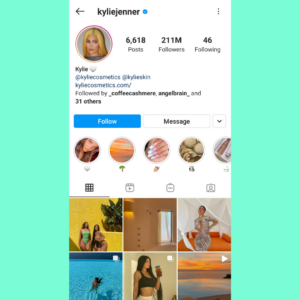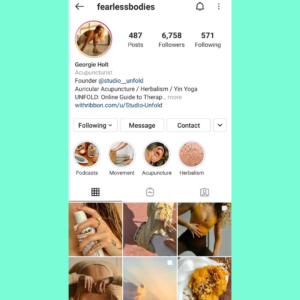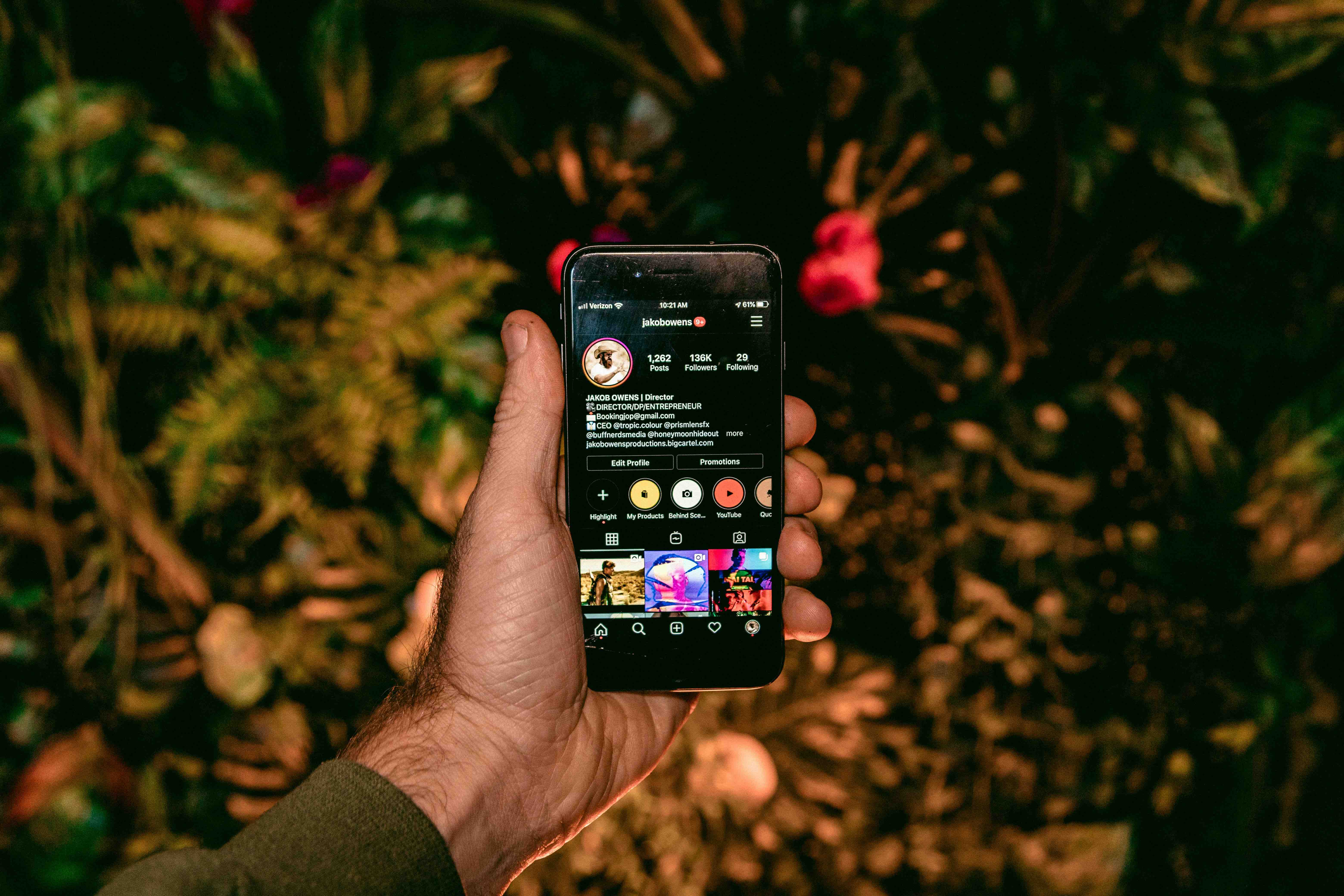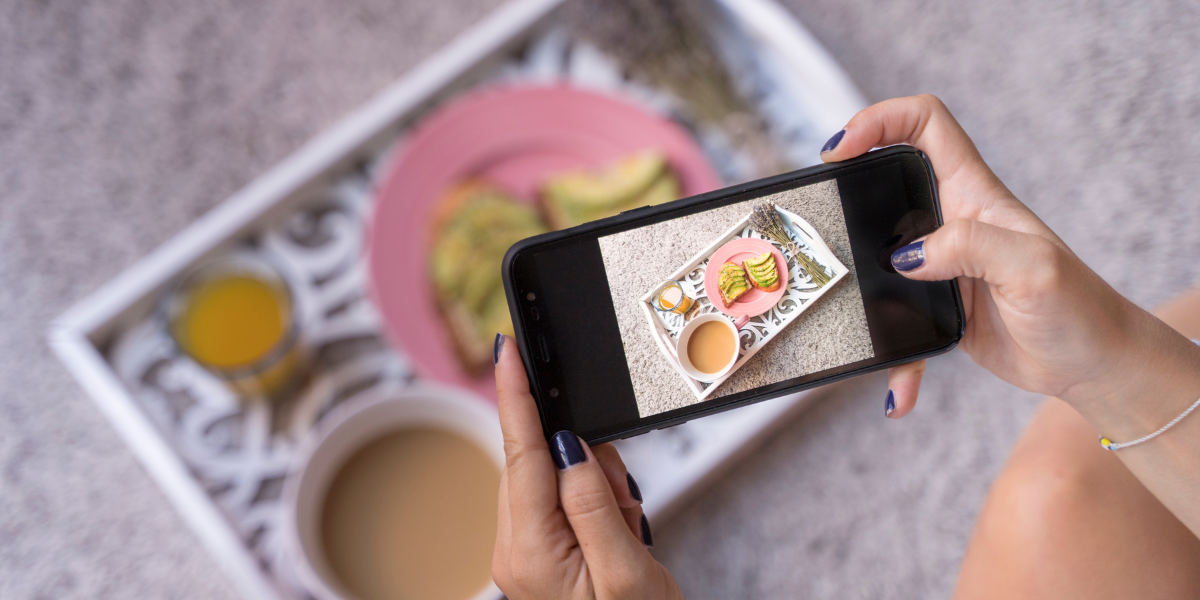In the fast-paced world of social media, influencers play a pivotal role in shaping brand narratives and driving consumer behaviour. Whether you are new to influencer marketing or looking to refine your strategy, understanding the different influencer sizes—from nano to mega—is essential. This strategic guide will provide you with the insights needed to navigate these categories effectively and maximise your brand’s impact.
Influencers are more than just social media celebrities; they are powerful brand ambassadors who can authentically engage with diverse audiences. From a celebrity endorsing a premium product to a niche expert sharing insights about a specialised service, influencers can significantly boost brand visibility and credibility. According to recent statistics, 89% of marketers believe that the return on investment from influencer marketing matches or exceeds other marketing channels. This highlights the immense potential of leveraging influencers for your brand’s growth.
Selecting the right type of influencer depends on various factors, including your brand’s objectives, target audience, and desired outcomes. This guide will break down the different influencer sizes, helping you make informed decisions that align with your marketing goals and enhance your brand equity.
The Mega Influencer

As described by Gil Eyal, CEO and founder of influencer marketing platform HYPR Brands, mega influencers tend to be ‘more famous than influential. They aren’t necessarily subject matter experts, but they definitely provide a lot of reach in one hit.’. Take Kylie Jenner, for instance; In a recent blog of ours, we mentioned how a Tweet of Jenner’s caused Snapchat’s parent company’s stock value fall by a shocking $1.3 billion. Evidently, Kylie has a huge impact on Social Media platforms. Jenner reportedly charges $1 million for one post, but with a current follower count of 211 million, you could argue the reach is worth it.
That being said, whilst the reach may be worth the money, it’s definitely worth considering what you’re going to achieve from the collaboration. Whilst your brand may be exposed to a huge audience, that audience may not translate to customers. If you’re after brand awareness and followers, however, this goal is more likely to be reached by making use of mega influencers.
The Macro Influencer

Macro influencers tend to be those who have grown fame and notoriety through the internet, rather than already having celebrity status. Generally speaking, these influencers have around 100,000 to 1 million followers. These accounts would have gained their following through anything from blogging, podcasting, sharing fashion pictures, or anything in-between. A good example of this would be the O’Donnell sisters: Ellie O’Donnell and Daisy O’Donnell both have around 1M followers each. They grew their followings by posting fashion-related pictures and eventually collaborating with various brands.
We recommend incorporating a macro influencer into your marketing campaign when you’re still looking to gain brand awareness and reach. The difference with using a macro influencer here instead of a mega influencer is that you can delve a little deeper into reaching your specific desired audience.
The Micro-Influencer

Ranging from a follower count of 5,000 – 100,000, the micro influencer’s following may be smaller, but they tend to have a more invested follower-influencer relationship. This size of influencer is also sometimes referred to as ‘nano-influencers’. Influencers with a smaller following tend to have more specific genres of interest, meaning you can get more precise with your targeting. It also means that followers are more likely to trust the influencer, meaning collaborations may be more likely to result in purchases of your product/service. Fearlessbodies is a great example of a micro-influencer, currently with around 6,700 followers. Fearlessbodies specialises in acupuncture, herbalism and yoga, collaborating with brands relating to these topics. This is a fantastic way for these brands to reach an audience that they know are already interested in these areas, meaning they are more likely to generate purchases.
The Nano-Influencer
Nano influencers, with a follower count ranging from 1,000 to 5,000, are characterised by their highly engaged and niche audiences. Despite their smaller following, they often have a deep and personal connection with their followers. This authenticity and close-knit relationship mean their recommendations carry significant weight, making their endorsements highly effective.
Nano influencers typically focus on very specific genres or interests, allowing brands to precisely target their marketing efforts. Their followers are usually highly interested in these niche areas, resulting in greater trust and higher engagement rates. For instance, a nano influencer specialising in sustainable living with around 3,000 followers can provide a perfect platform for eco-friendly brands to reach an audience that is already passionate about environmental issues.
Leveraging nano influencers can be a strategic move for brands aiming to build strong, authentic relationships with a highly engaged audience, ensuring that marketing efforts resonate deeply and drive meaningful results.
Other Influencer Types
It’s important to remember that whilst influential accounts can certainly be a celebrity profile, it can also be literally anyone; anyone can become a brand ambassador! HubSpot suggests that such customers and clients ‘prefer to seek product and service recommendation from those who are, above all, knowledgeable and credible’ so it’s not necessary for your choice of influencer to be a big celeb. This means that it’s not necessarily crucial to focus on accounts with large followings, those with better engagement and trustability make great collaborators. You may have a customer who is fiercely loyal to your brand – that’s an influencer! You might have a client who consistently retweets and shares your content – that’s an influencer! It’s easy to get swept up in the glam and glitz of Instagramers and think that you should focus your energies on attracting those with huge followings to promote your bands, but this isn’t always going to work in your favour, depending on your goal.
Influencer Marketing can be on any social media platform, including Youtube, Snapchat, Pinterest, Instagram, Facebook, Twitter and LinkedIn – but don’t worry! As long as there’s an influential individual in your industry on your desired platform, it’s possible to create a great influencer strategy. Each platform will require a different strategy, however, as different techniques work better on different sites. If you’re not entirely sure how to go forward with developing an optimal Influencer strategy, we’ve divided the process down into steps, which can be found here.
The power of this form of marketing is undeniable. Tapping into the highly engaged audience of an influencer is a marketing strategy more and more companies are adopting; Whatever your product or service, there’s an abundance of Social Media stars willing to advocate for your brand. so make use of them! At Giraffe, we’re here to help you with all of your influencer marketing needs, from campaign management to influencer marketing reporting and strategies. So if it’s your first time jumping into the world of this type of marketing, or if you just want to improve your technique, we can help. Click here to learn more and request a proposal.
Updated on 9th of May 2024.





